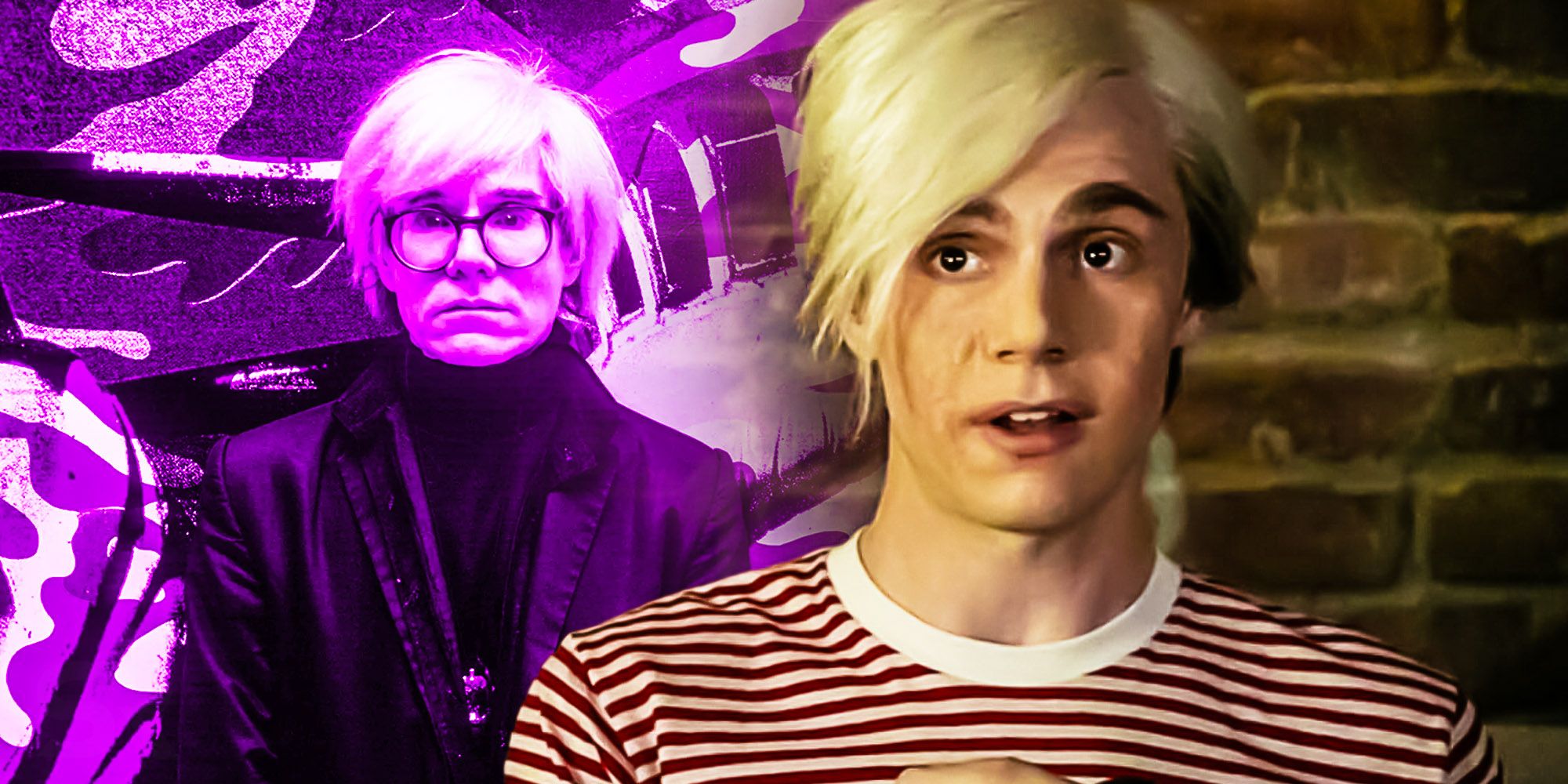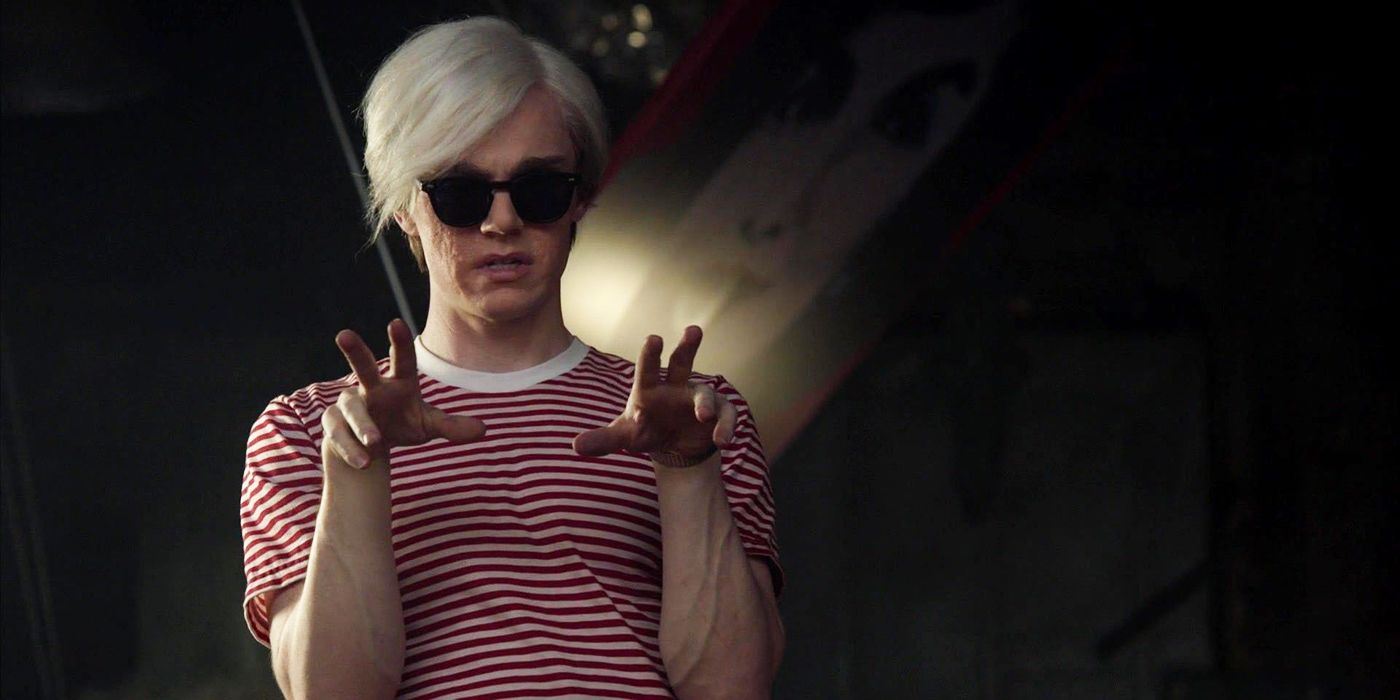American Horror Story has featured different real-life people in fictional scenarios, and among those included in Cult was Andy Warhol – but was he really a cult leader in real life? The rise of the horror genre in recent years has also seen some successful TV shows, such as American Horror Story. Created by Ryan Murphy and Brad Falchuk, American Horror Story premiered on FX in 2011 and it has been unstoppable ever since, with over 10 seasons and counting.
As American Horror Story is an anthology series, each season is treated as a self-contained miniseries, but as the show has evolved, different characters and events have been referenced in other seasons, forming an AHS connected universe. Each season covers a different horror theme and setting – from haunted houses in Murder House to a circus in Freak Show and even a hotel with ghosts and vampires in Hotel, and for its seventh season, American Horror Story explored cults and how these can manipulate the masses through the character Kai Anderson (Evan Peters), a charismatic, manipulative, and deeply disturbed man who creates a cult that he uses to his own, twisted benefits.
American Horror Story: Cult also featured some infamous cult leaders in flashbacks, all of them played by Evan Peters, such as Charles Manson and Jim Jones, as well as artist Andy Warhol, best known for his contributions to pop art – but was Andy Warhol a cult leader in real life or why was he included in AHS: Cult?
The True Story Behind Andy Warhol's Immense Following
Andy Warhol was a visual artist, film director, and producer, best known for his silkscreen paintings of Campbell’s soup cans, celebrities like Marilyn Monroe and Elizabeth Taylor, his experimental movies, and for his studio, known as The Factory. Warhol’s studio was a widely known gathering place that brought together celebrities, drag queens, wealthy patrons, and more, and it was also the place that saw the rise of the “Warhol superstars”, a group of personalities promoted by Warhol who appeared in many of his works and accompanied him to various social events. Now, a cult is described as a group defined by unusual religious, spiritual, or philosophical beliefs and rituals or a common interest in a personality, object, or goal, and it usually has a negative connotation.
Cult leaders are charismatic, manipulative, and they provide their followers with acceptance and security in order to brainwash them and further manipulate them, and while Warhol didn’t fit most of the traits of cult leaders, he did have enough charm and influence to bring people into The Factory and his circle. Warhol’s superstars would help him generate publicity in return for Warhol giving them fame and attention, and he often went after people who came from wealthy families but were deeply wounded, such as Edie Sedgwick and Brigid Berlin. Andy Warhol wasn’t a “cult leader” in the most common definition of it, as he didn’t lead a group of people into violent acts, but The Factory did see a bunch of destructive behaviors from the superstars, all for the sake of fame, even if this just lasted for a couple of minutes. With this in mind, it’s not strange that Andy Warhol was briefly included in American Horror Story: Cult, as he represented a different type of leader and cult following than those of David Koresh or Charles Manson.


